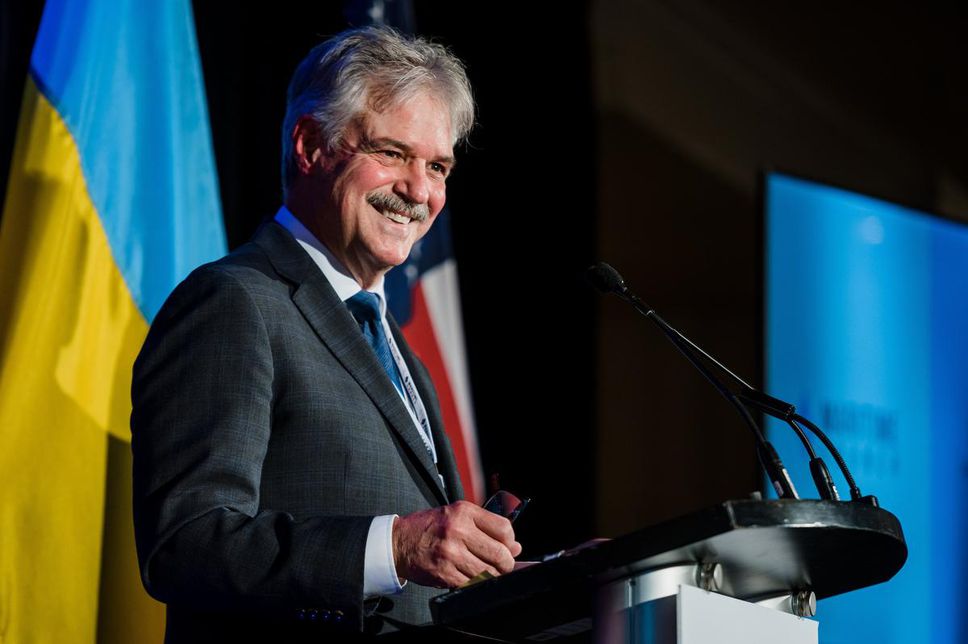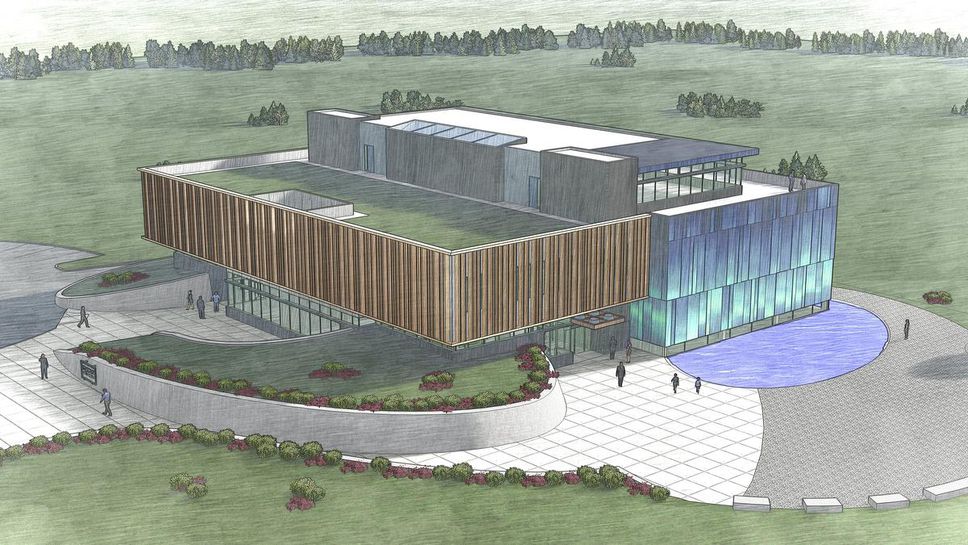HALIFAX—Canada could be the next country to reach for a piece of the “trillion-dollar space economy” pie, if new plans to launch rockets from Nova Scotia take off.
On Wednesday, a Quebec company will announce its intentions to conduct launches from a future spaceport outside the town of Canso, NS, more than 200 kilometers northeast of Halifax.
It means that Reaction Dynamics’ rockets — a new type of hybrid rocket that uses recycled plastic and a liquid oxidizer as fuel — could, theoretically, be taking off and carrying an orbital payload from Spaceport Nova Scotia, the country’s first commercial spaceport, as early as 2024.
Should the Reaction rocket launch as hoped — from a spaceport that has yet to be constructed, and which has faced some community opposition to date — it could open up the window to a whole new sector of Canadian economy, proponents say.
“The big news is that Canada is going to become a launching state,” Maritime Launch Services president and CEO Stephen Matier predicted in an interview with the Star.
“Canada’s first launch is going to include a Canadian launch site, a Canadian launch vehicle — Reaction Dynamics’ — and Canadian satellites.”
A demonstration launch is planned from the Canso spaceport next year, he said, with an actual payload being put in orbit by 2024.
The idea is that this could be the pathway for Canadian businesses to join the Richard Bransons, Jeff Bezoses and Elon Musks of the world in entering what’s estimated will be a trillion-dollar space-driven economy by 2040.
If all goes as planned, said Reaction CEO and CTO Bachar Elzein, companies wishing to put satellites into orbit around the Earth would have a more inexpensive, flexible and safer method of doing so than the current alternatives.
What makes that possible, he said, is his company’s rocket design, a hybrid design, rather than the liquid-fuel kind, or the more rare solid-fuel design.
Because of their simplicity, the cost of launching hybrid rockets is much less, Elzein said. That simplicity also lends itself to a much smaller carbon footprint on the manufacturing side, he said.
The hybrid idea is not a new concept, but Elzein said his company has overcome some major obstacles.
“One of the key issues of hybrids is you couldn’t truly run a hybrid rocket engine at high performance for long durations. This is the problem that Reaction Dynamics was able to solve.”
According to Elzein, Reaction’s solution meant not only would their hybrid rockets be powerful and efficient enough to put payloads into orbit, but they would also be able to pulse their engines — turn them on and off multiple times to control the rocket in space.
That’s a first for hybrid engines in the industry, Matier said.
Reaction’s orbital rockets would be designated as “small-class” — 10 to 15 meters in length, and capable of payloads of 100 to 150 kilograms. According to the company, that design can be scaled up to medium-class rockets, capable of payloads of two tonnes and more.
For MLS, the 2024 launch of the Reaction rockets would be merely Phase 1 of Matier’s grand plan for Spaceport Nova Scotia.
Ultimately, for Phase 2, he said, he wants to be able to host and launch medium-class rockets.
Right now, Spaceport Nova Scotia is a 300-acre plot of land, about six kilometers outside of Canso without much in the way of infrastructure.
Matier said what makes that spot ideal for a spaceport is not just its geography, but also its access to infrastructure.
There’s an isolated buffer zone around the spaceport. To the south and east is the open ocean. And in the general neighborhood has a deep seaport and university infrastructure. It’s also an ideal spot in terms of orbital inclinations — the angles at which rockets lift off to achieve particular orbits, Matier said.
For the Reaction launches, not a great deal of preparation will be necessary, he said, just a concrete launch pad, support buildings and public access control.
That work, he said, should be accomplished by the middle of next year, pending the completion of compliance tasks — a wetland mitigation plan and a wildlife-management plan among others — set by the province’s Environment and Climate Change Ministry in its approval of the spaceport.
There is, he acknowledges, part of the Canso community that opposes the spaceport, but he pointed to another community group that petitioned the provincial government in favor of the project, which Matier projects would mean 50 full-time jobs.
“We talk about the trillion-dollar economy when we talk about space in 2040. It’s really going to change a lot of lives,” said Elzein. “We, as Canada, need to be apart of that economy.
“This is why you need to have a launch site that will allow us to have that access to space and a launch vehicle … the two components work hand-in-hand.”
Reaction said it plans initial tests on its rocket in the fall of this year, with a trial launch at the Canso spaceport in 2023, and a full commercial launch scheduled for 2024.
JOIN THE CONVERSATION

